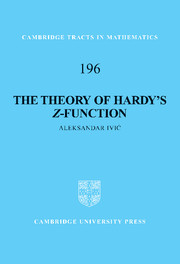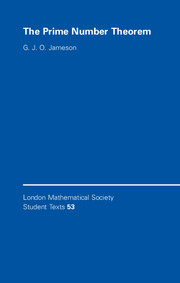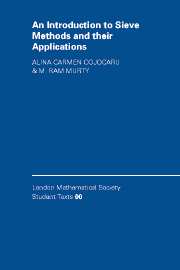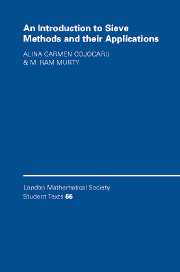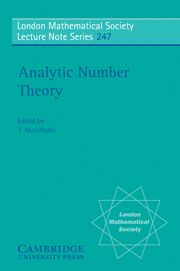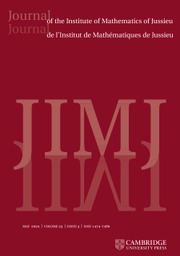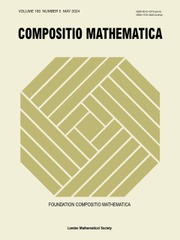The Theory of Hardy's Z-Function
Hardy's Z-function, related to the Riemann zeta-function ζ(s), was originally utilised by G. H. Hardy to show that ζ(s) has infinitely many zeros of the form ½+it. It is now amongst the most important functions of analytic number theory, and the Riemann hypothesis, that all complex zeros lie on the line ½+it, is perhaps one of the best known and most important open problems in mathematics. Today Hardy's function has many applications; among others it is used for extensive calculations regarding the zeros of ζ(s). This comprehensive account covers many aspects of Z(t), including the distribution of its zeros, Gram points, moments and Mellin transforms. It features an extensive bibliography and end-of-chapter notes containing comments, remarks and references. The book also provides many open problems to stimulate readers interested in further research.
- Open problems provide a springboard for further research
- Covers the distribution of zeta-zeros, one of the most important topics of analytic number theory
- Ideal for researchers and advanced graduate students in mathematics and also physicists who use zeta-function theory
Product details
No date availableAdobe eBook Reader
9781139786836
0 pages
0kg
Table of Contents
- 1. Definition of ζ(s), Z(t) and basic notions
- 2. The zeros on the critical line
- 3. The Selberg class of L-functions
- 4. The approximate functional equations for ζk(s)
- 5. The derivatives of Z(t)
- 6. Gram points
- 7. The moments of Hardy's function
- 8. The primitive of Hardy's function
- 9. The Mellin transforms of powers of Z(t)
- 10. Further results on Mk(s)$ and Zk(s)
- 11. On some problems involving Hardy's function and zeta moments
- References
- Index.

